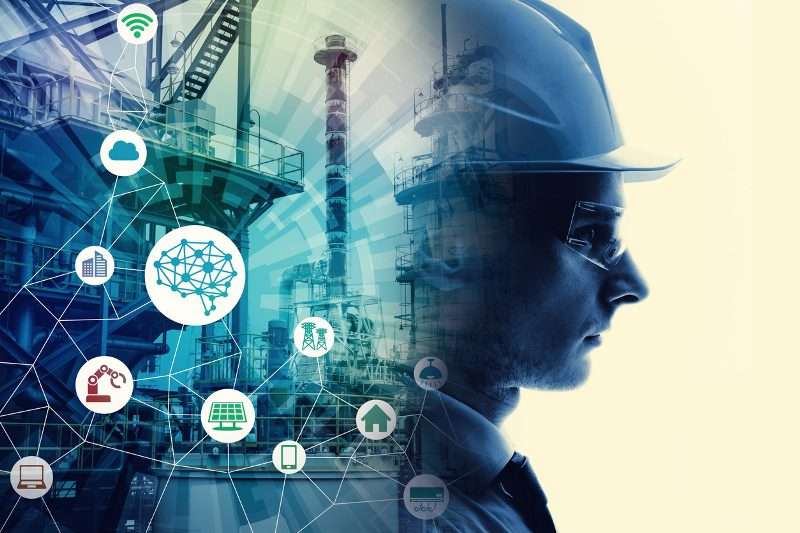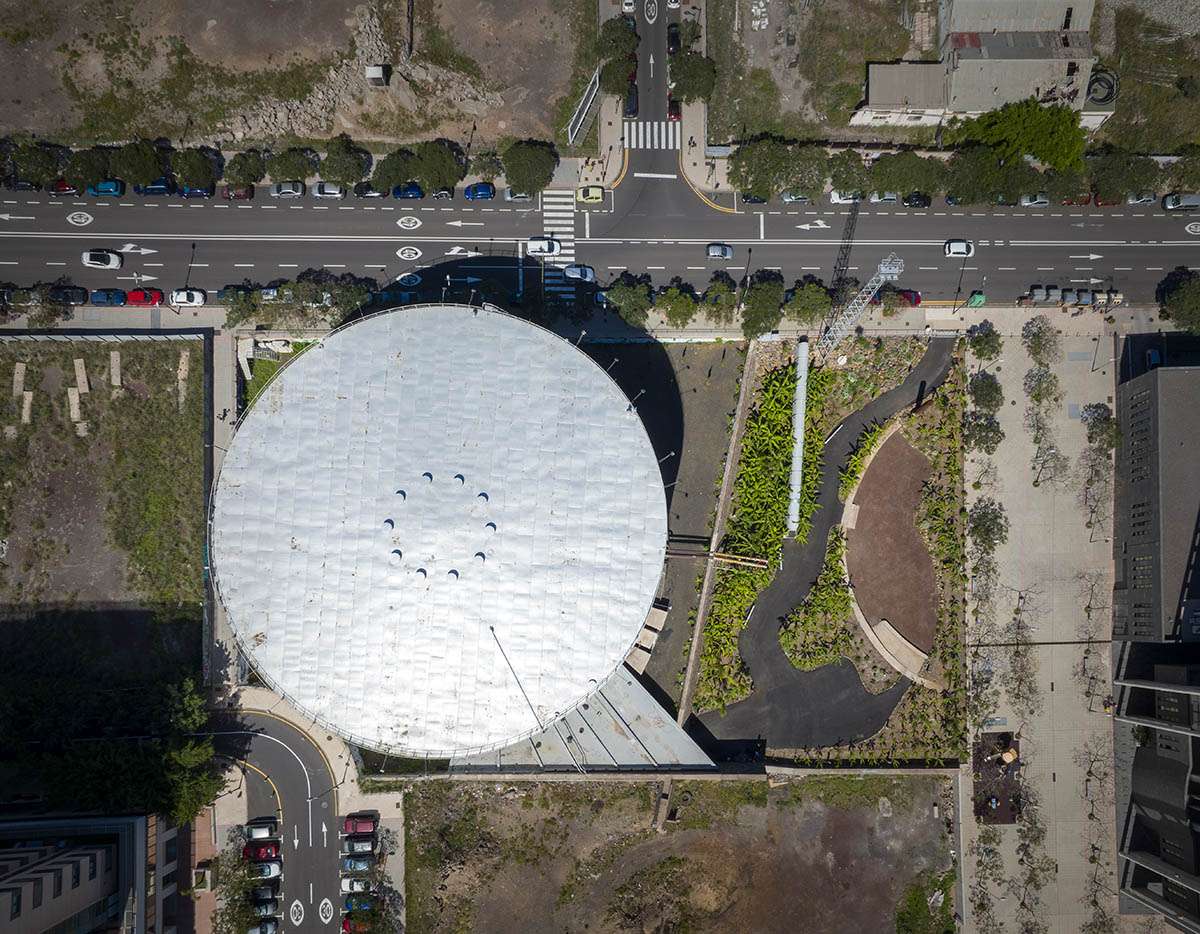Artificial intelligence is proving to help in overcoming major challenges that construction managers face but it is still in its infancy.
People have been building shelters and homes for thousands of years.
The construction industry has evolved from building simple mud houses to skyscrapers.
This apparent change in structures is all due to improvements in planning and design methods.
Numerous technological developments have affected the way construction professionals work and their end results.
The latest and most effective is artificial intelligence.
And as we build better and more efficient AI systems, construction companies rely heavily on these systems.
The primary goals are to make construction safer and more flawless.
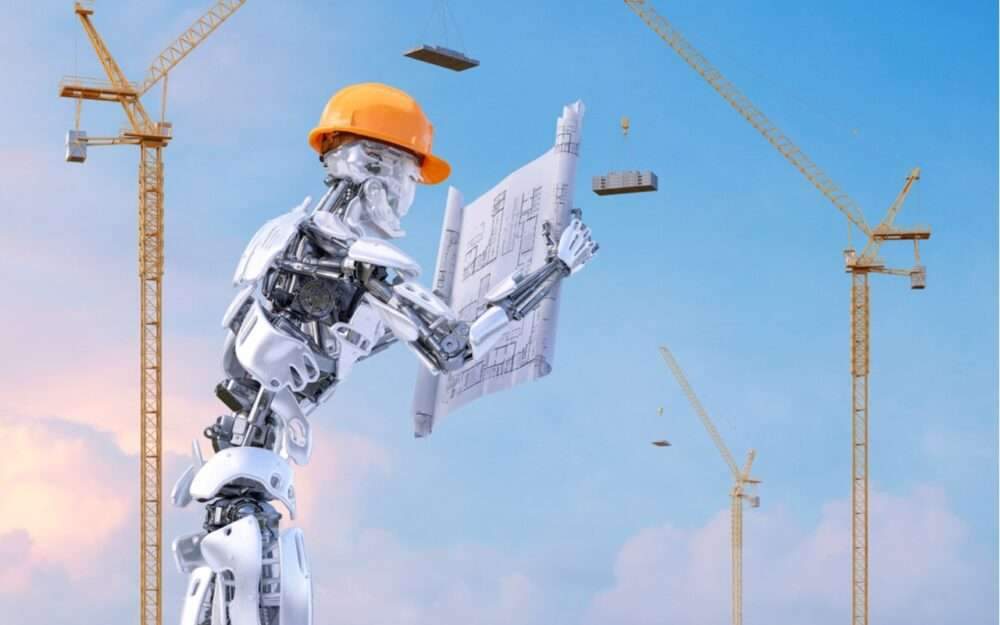
The ways in which AI is changing the construction sector
When it comes to the potential application of AI in construction, the possibilities are endless.
It can act as a smart assistant who never gets tired and rarely makes mistakes.
Here are the top ways AI helps reduce defects in construction projects.
-
Build better designs with generative design
Generative design changed the way construction projects are planned.
The software, which is used to build information modeling, uses a 3D model-based process powered by artificial intelligence.
It is used to generate insights for architecture and construction professionals that are useful in developing building plans.
Building construction is also a cumulative effort for professionals who deal with Architectural,
Engineering, Mechanical, Electrical, and Plumbing (MEP) plans.
The main challenge is to ensure that there are no clashes between the models presented by the sub-teams.
These clashes can lead to re-work, delays and financial losses.
Machine learning also identifies and provides optimal solutions to overcome these clashes,
so it is an effective way to fix defects during the planning phase.

2. Efficient project planning
One of the biggest challenges construction companies face is making plans and keeping up with deadlines.
Delays in sub-projects can result in huge losses for construction companies.
The best approach is to determine the pace of each sub-project and the challenges during project planning.
Artificial intelligence and bots can also be used to finish construction projects on time without going over budget.
The robots take photos and videos of different areas of construction sites and feed them into a neural network.
Machine learning enables these bots to analyze how long projects are taking.
Management teams can also deploy resources and efforts to accelerate these projects.
Where AI will be used to improve the best possible solutions for effective project planning.
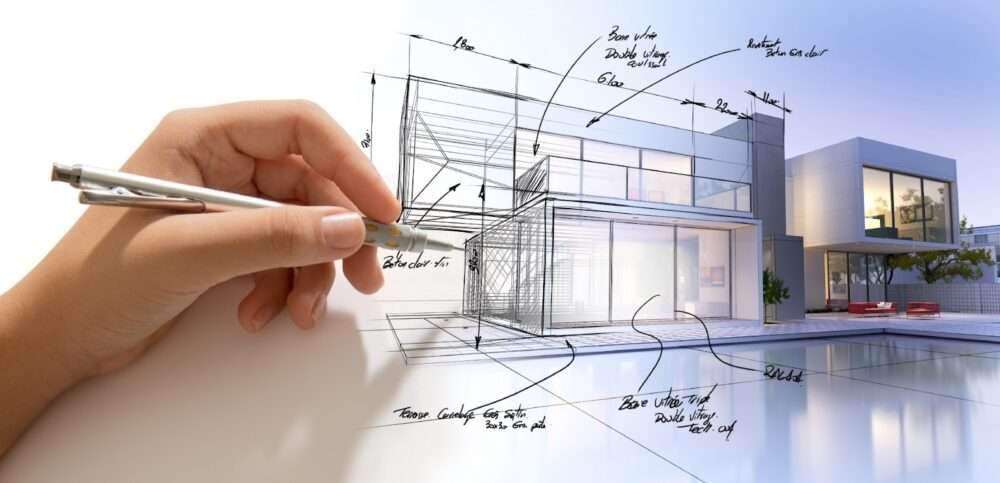
3. Anticipate and prevent cost overruns
Most construction projects have exceeded budgets, and even the best estimates have failed.
Cost overruns depend on the size of the project, the competency level of the project managers, and the types of contracts.
AI networks take into account all of these factors and identify potential cost overruns.
Predictive models check historical data such as project start and end dates and help make realistic forecasts.
Access to real-world training is also an important feature of AI.
Employees can also learn and improve their skills remotely to prevent defects that occur due to lack of knowledge.
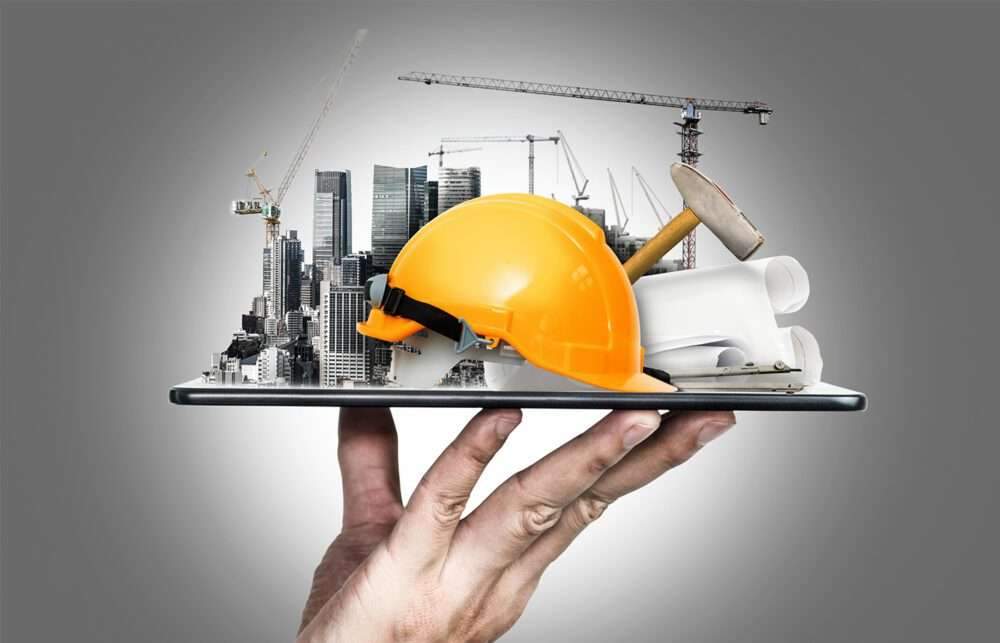
4. Increase workplace productivity
Artificial intelligence is finding its way into the construction industry in the form of automated construction machines designed to perform repetitive tasks more efficiently.
These machines can handle tasks like bricklaying, demolition, welding and pouring concrete at a better pace than humans.
When programmed appropriately, these machines can help avoid human errors, accidents, and the resulting loss in productivity.
Moreover, excavation and preparation work is automated to speed up the preparation phase of the construction project.
A professional programmer sets specifications and independent bulldozers survey the site for the next project.
The most popular use of AI is that it can be used to track the performance of workers.
On-site cameras, facial recognition and other technologies can be used to assess worker productivity.
Most often, construction defects are due to non-compliance with protocols and procedures.
A tracking system in combination with artificial intelligence can help overcome all of these challenges.
For more architectural news

